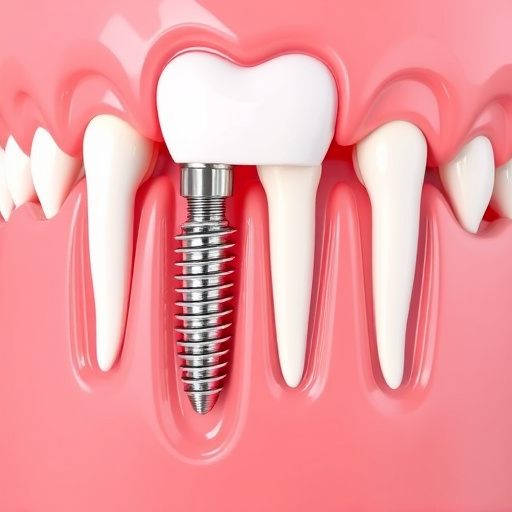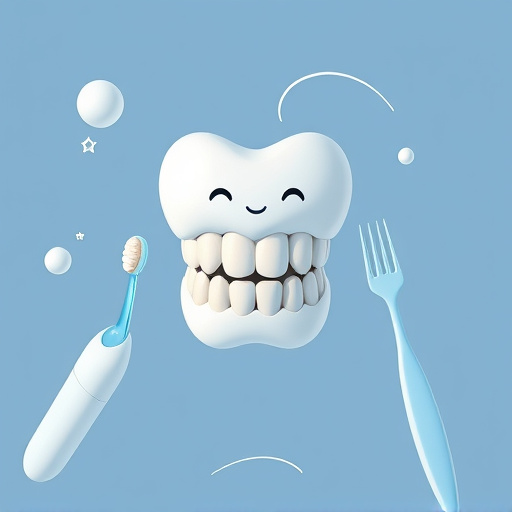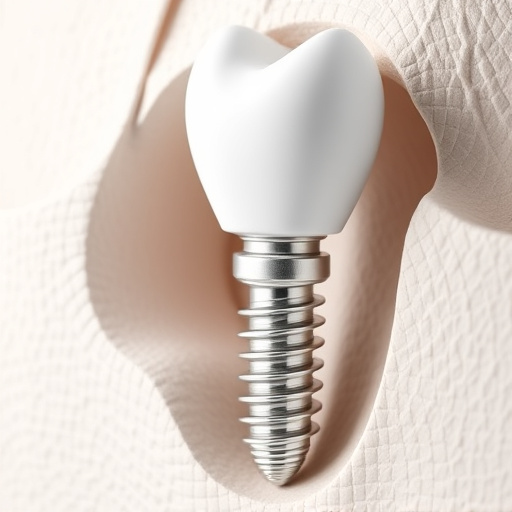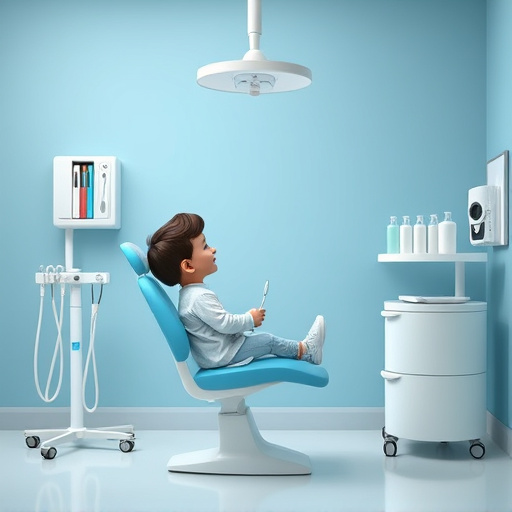Dental anxiety, a common phobia, hinders oral health due to avoidance of essential procedures. Understanding triggers like past trauma, pain sensitivity or dental tool sight is key for dental anxiety treatment. Techniques such as breathing exercises, progressive muscle relaxation, mindfulness meditation and CBT address physical symptoms and root causes, promoting effective dental anxiety treatment for improved well-being.
Dental anxiety can make routine checks and procedures challenging. This introduction explores breathing techniques, a powerful tool in managing dental anxiety. We’ll guide you through understanding the impact of this fear and provide practical strategies to calm minds before treatments. Additionally, we’ll discuss long-term management approaches for lasting dental anxiety relief. Discover how these simple yet effective breathing exercises can empower you during your dental journey.
- Understanding Dental Anxiety and Its Impact
- Techniques to Calm and Relax Before Treatment
- Long-Term Management Strategies for Dental Anxiety Relief
Understanding Dental Anxiety and Its Impact

Dental anxiety is a common phobia that can significantly impact an individual’s oral health and overall well-being. It often manifests as intense fear or discomfort during dental procedures, leading to avoidance of regular check-ups and necessary treatments. This can result in delays in crucial dental care, such as cosmetic fillings, dental implants, or routine dental cleanings, exacerbating existing oral issues. Understanding the root causes of dental anxiety is essential for effective treatment.
The impact of dental anxiety extends beyond the dental chair. It may cause physical symptoms like increased heart rate, sweating, and trembling, making it difficult to remain calm during procedures. This fear can be triggered by past traumatic experiences, a general sensitivity to pain, or even the mere sight of dental tools. By recognizing these triggers and employing appropriate coping strategies, individuals can take control of their dental health and receive the treatments they need without excessive distress.
Techniques to Calm and Relax Before Treatment

Before any dental procedure, whether it’s a simple dental cleaning or a more involved treatment like tooth extractions or fitting dental crowns, managing anxiety is key to ensuring a comfortable experience. There are several breathing techniques that can help calm and relax individuals facing dental anxiety.
Deep breathing exercises, such as inhaling slowly through the nose for a count of four, holding the breath for two seconds, and exhaling slowly through the mouth for a count of six, can significantly reduce stress levels. This technique allows you to focus on your breathing, distracting your mind from any fears or concerns. Progressive muscle relaxation, where you tense and then release different muscle groups in your body, is another powerful tool to induce a state of calmness. Combining these techniques before treatment can help individuals feel more at ease and better prepared to face their dental procedures.
Long-Term Management Strategies for Dental Anxiety Relief

Managing dental anxiety effectively is a multifaceted approach that goes beyond short-term solutions. For lasting relief, individuals should consider integrating certain strategies into their daily routines. One powerful tool in long-term dental anxiety management is mindfulness meditation. Regular practice can help individuals cultivate awareness and presence, making it easier to stay calm during dental procedures. This ancient technique teaches individuals to observe their thoughts and sensations without judgment, thereby reducing the impact of anxious thoughts associated with dental visits.
Additionally, cognitive behavioral therapy (CBT) plays a significant role in addressing the root causes of dental anxiety. CBT helps individuals identify and change negative thought patterns that contribute to fear and anxiety. By learning relaxation techniques like progressive muscle relaxation or guided imagery, patients can reduce physical tension and create a sense of tranquility before and during procedures, whether it’s a routine check-up, wisdom tooth removal, or considering options for dental implants. Such comprehensive strategies empower individuals to take control of their dental health with confidence.
Breathing techniques are a powerful tool in managing dental anxiety, offering both immediate relief during appointments and long-term strategies for those seeking comprehensive dental anxiety treatment. By incorporating these simple yet effective practices into their routines, individuals can take control of their fear and foster a more positive experience in the dental chair. Remember, addressing dental anxiety is a significant step towards maintaining optimal oral health and overall well-being.














